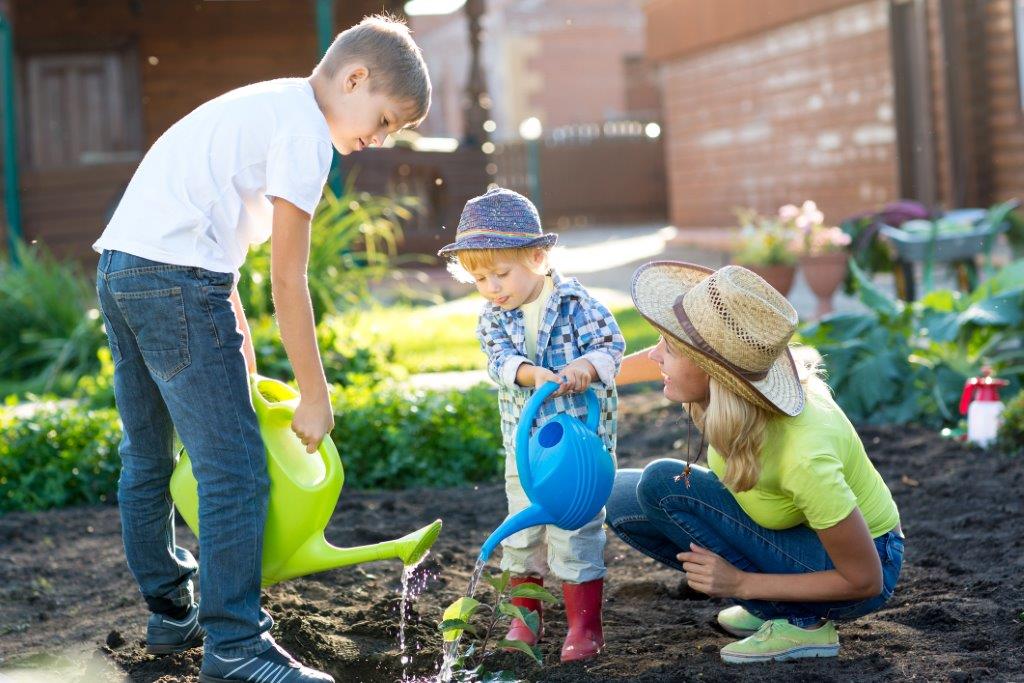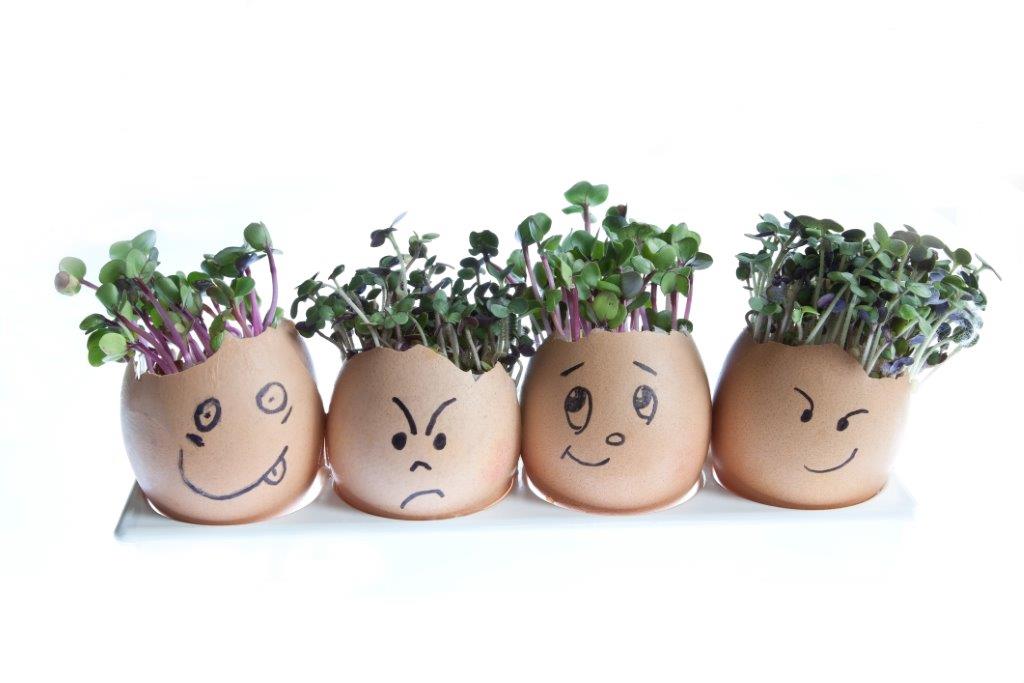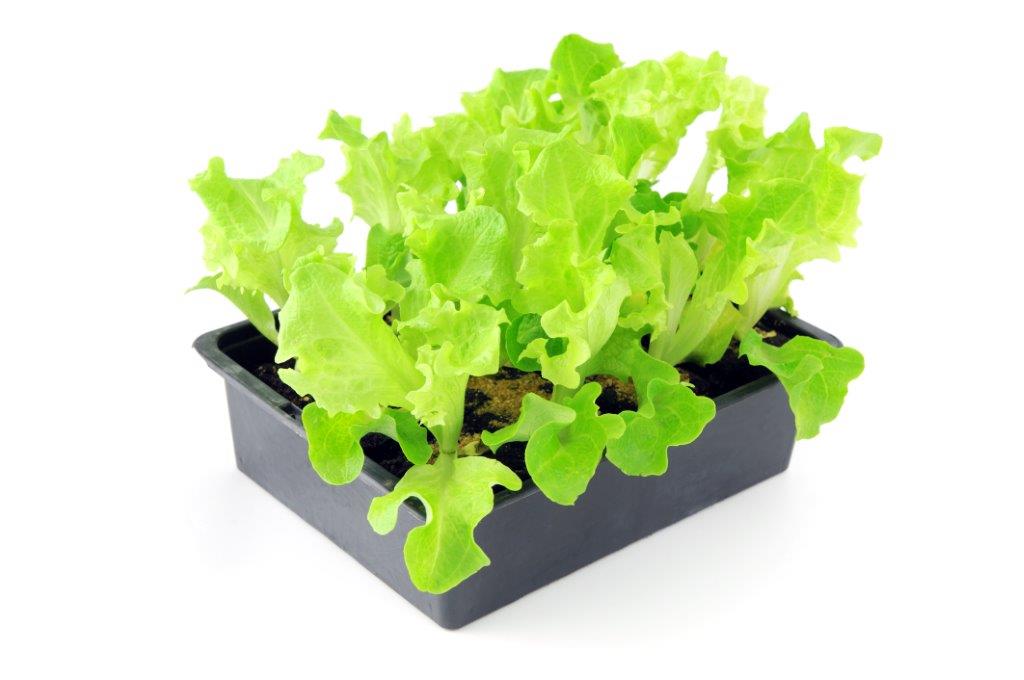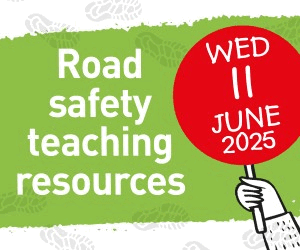Primary Times - the definitive what’s on and where to go family guide of activities and events for children of primary school age. Things to do with your kids during the school holidays including arts and craft activities, music and theatre for children, parties, competitions, days out, and family attractions along with term time drama schools, dance classes, after school clubs and sports activities. Things to do at a place near you!
Gardening with Children - the first steps
Gardening with Children – the first steps 
Gardening can be an inexpensive way for children to have fun, learn and appreciate how vegetables get from the field to fork. It helps them understand how from a small seed a beautiful flower or vegetable can be grown. Gardening also helps promote a healthy interest in what they eat with an added sense of achievement.
Sometimes there just isn’t the space for a vegetable plot at home, but a small flower pot or a grow bag could be the answer when space is limited. Many schools have growing areas where children can join a school gardening club. Gardening can be woven into all areas of the National Curriculum.
The RHS have identified the wide ranging benefits that children can receive whilst gardening and have launched a campaign to encourage schools to grow their own.

Simple seed sewing for younger children
Sowing cress is probably something we’ve all done in our childhood but have your children? It’s a great first introduction to growing from seed, it’s easy and the results are fast. The seeds germinate in a couple of days and if you grow in a transparent yoghurt pot they’ll be able to watch the changes almost on a daily basis.
What you’ll need to grow cress
- Small empty yoghurt container or egg shell
- Cotton Wool
- Cress seeds
Method
Fill empty yoghurt pot or egg shell with cotton wool. Leave space at the top so that the seeds don’t fall out. Dampen the cotton wool with water. Sprinkle the cress seeds over the cotton wool. Place the pot or egg shell in a warm sunny position and wait for the hair to grow.
An alternative to Cress is Lettuce. Lettuce seeds are relatively easy to sow and grow, they can be grown indoors from early spring and then transplanted into the garden after the frosts have gone, around May/June time. Small seed trays, flower pots or even cardboard egg boxes are an ideal size for the window sill, make sure the window doesn’t get the sun at the hottest time (11am -3pm) as the salad leaves can become scorched on a hot sunny day and the soil dry out too quickly.
What you’ll need 
- Empty pot, small seed tray or even a cardboard egg box
- Seed compost
- Lettuce seeds
Method
Fill the pot about 2 cms below the top with seed compost, lightly water, sprinkle the seeds onto the damp compost and add around 1.5 cms topping of compost. Place on the window sill and wait for germination. Make sure the compost doesn’t dry out. Depending on the variety of lettuce thin out the seedlings and transplant into the garden or a large flower plot but watch out for the slugs, they love the tender leaves.




